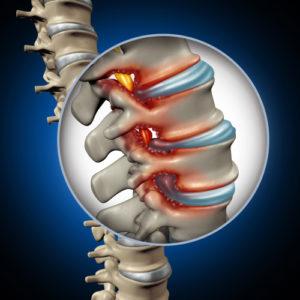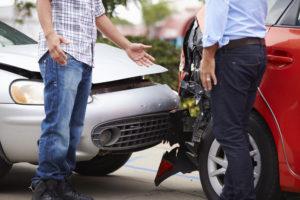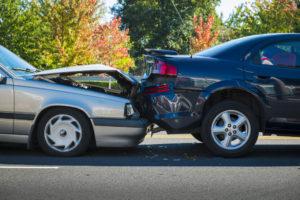
Sunshine and low gas prices mean more driving this summer. But those extra hours on the road could result in increased accident risks for you and your family. You have read about the accidents in the paper; you have driven past them on the highway. But what you may not realize from those grim numbers is that traffic fatalities in the United States have recently spiked.
What do the statistics say?
According to the National Highway Traffic Safety Administration (NHTSA), an estimated 35,200 people died in U.S. traffic accidents last year. This number indicates a 7.7 percent rise in traffic fatalities, making 2015 the deadliest driving year since 2008. But last year’s fatalities were not limited to automobile drivers alone. In fact, non-motorists traffic deaths considerably outpaced overall traffic fatalities.
- Bicycle fatalities were up 13 percent
- Pedestrian fatalities up were 10 percent
- Motorcyclist fatalities were up 9 percent
For a free legal consultation, call (614) 538-1116
What caused this spike?
U.S. Transportation Secretary Anthony Foxx said that the NHTSA was “analyzing the data to determine what factors contributed to the increase in fatalities.” The Administration is also “aggressively testing new safety technologies, new ways to improve driver behavior, and new ways to analyze the data.”
The NHTSA does not know exactly what could have caused the increase in these fatalities, but a recent article published in The Columbus Dispatch explained that the improved U.S. economy may be to blame for the increased fatalities. Historic data shows us that traffic deaths fluctuate with the economy, says the Insurance Institute for Highway Safety (IIHS). Automobile fatalities peaked in the 1970s and have generally trended downward since then. The worst years for the U.S. economy were also some of the safest driving years. Large drops in traffic fatalities correspond to economy events such as:
- Recessions
- Oil embargos
- Mortgage crises
The national average gas price in 2015 was $2.40 per gallon. That is $0.94 per gallon less than the average annual price in 2014 and it was the second cheapest annual average of the past decade according to the American Automobile Association (AAA).
In 2015, Americans drove more miles than ever before, over 3.1 trillion. But the miles alone do not explain the increased traffic deaths. Last year, there were 1.12 deaths per 100 million vehicle miles traveled (VMT). However, in 2014, there were only 1.08 deaths per 100 million VMT.
“It’s not just that Americans drive more miles when the economy improves; it’s the kind of miles they drive,” said IIHS spokesman, Russ Rader. “What comes back after a recession is the optional driving that’s riskier, like going out on the weekends or taking long trips — different driving than the daily commute.”
How can I stay safe on Ohio roads?
Transportation Secretary Anthony Foxx says that new car technologies can help reduce traffic deaths. In March of this year, the U.S. Department of Transportation (DOT) announced that 99 percent of new vehicles must have automatic emergency brake systems by 2022.
Additionally, DOT is working with researchers on technologies to allow vehicle-to-vehicle communications systems and technologies to prevent drunk driving. These improved safety technologies in the automotive industry could prevent thousands of crashes every year, says DOT.
You can do your part, too. Never text or drink and drive and always place your focus entirely on driving. For ways to stay safe, check out our blog.
Call or text (614) 538-1116 or complete a Free Case Evaluation form








